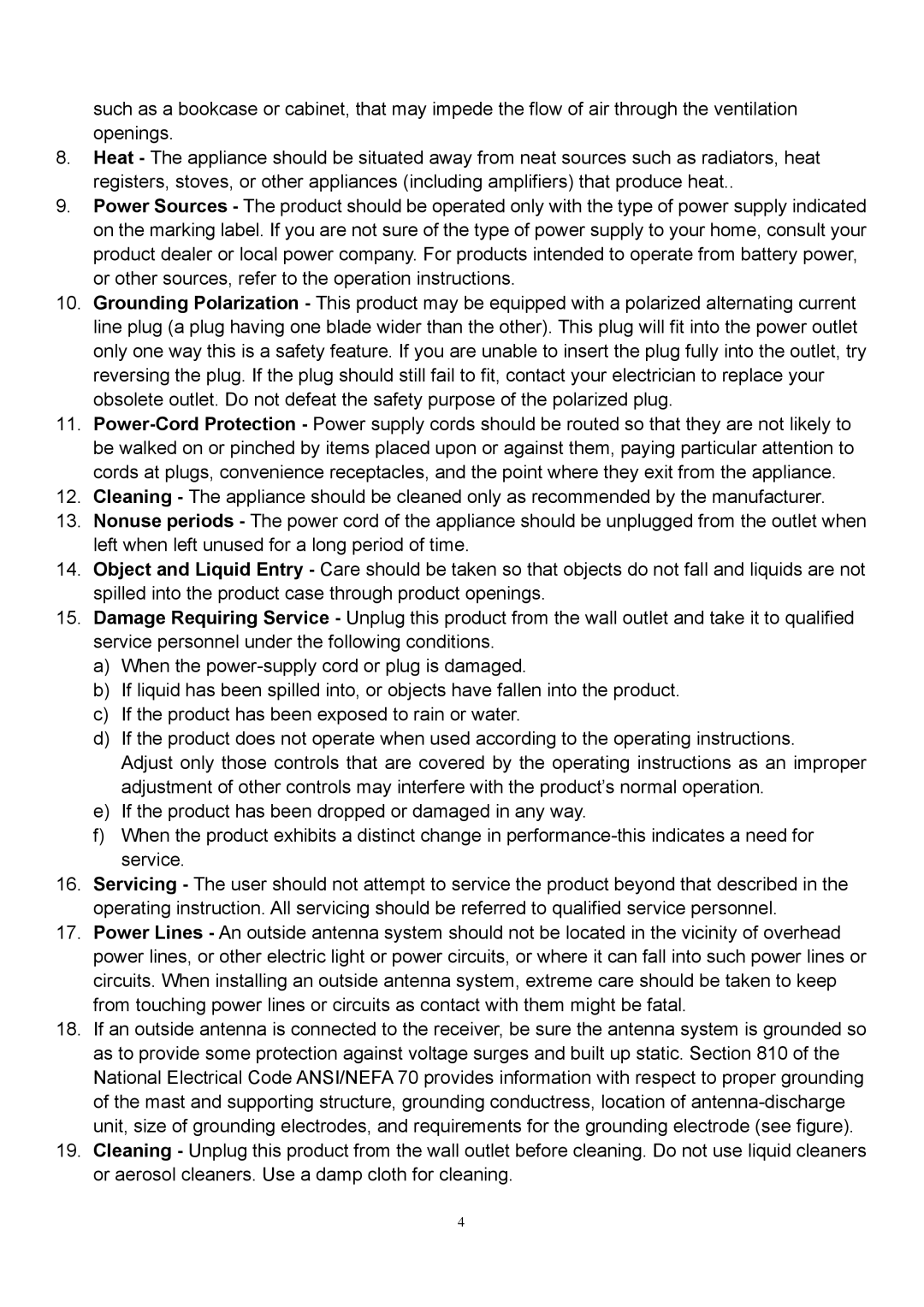RCD544 specifications
The Curtis RCD544 is a sophisticated display and control unit designed primarily for electric vehicles and advanced battery management systems. This innovative device offers unparalleled features and technologies, making it a go-to solution for manufacturers seeking efficiency, functionality, and ease of use.One of the standout features of the RCD544 is its high-resolution graphical display. The screen is designed to provide clear visibility in various lighting conditions, making it suitable for both indoor and outdoor applications. Users can easily monitor critical information at a glance, thanks to the customizable interface and intuitive layout. This flexibility allows manufacturers to tailor the display according to their operational requirements, ensuring that the most relevant data is always accessible.
Another key characteristic of the Curtis RCD544 is its robust communication capabilities. The unit supports multiple protocols, such as CAN bus and UART, facilitating seamless integration with existing vehicle systems and components. This interoperability is crucial, as it enables real-time data exchange and enhances overall system performance. Manufacturers can implement more efficient control strategies, leading to prolonged battery life and optimized vehicle operation.
The RCD544 also boasts advanced diagnostic functions that enable users to troubleshoot issues quickly and effectively. This technology not only reduces downtime but also minimizes maintenance costs. With built-in fault logging and alert systems, users are promptly notified of any irregularities, allowing for swift corrective action.
Energy efficiency is yet another hallmark of the Curtis RCD544. Its sophisticated algorithms ensure optimal power consumption, which is critical in electric vehicles where battery management is paramount. The unit also features regenerative braking support, enabling the capture and reuse of energy during deceleration, thereby enhancing vehicle range and performance.
In summary, the Curtis RCD544 is a versatile and powerful control unit designed for modern electric vehicles. Its high-resolution display, advanced communication features, diagnostic capabilities, and focus on energy efficiency make it an ideal choice for manufacturers aiming to elevate their vehicle systems. Whether for new designs or retrofitting existing vehicles, the RCD544 represents a significant advancement in control technology.
